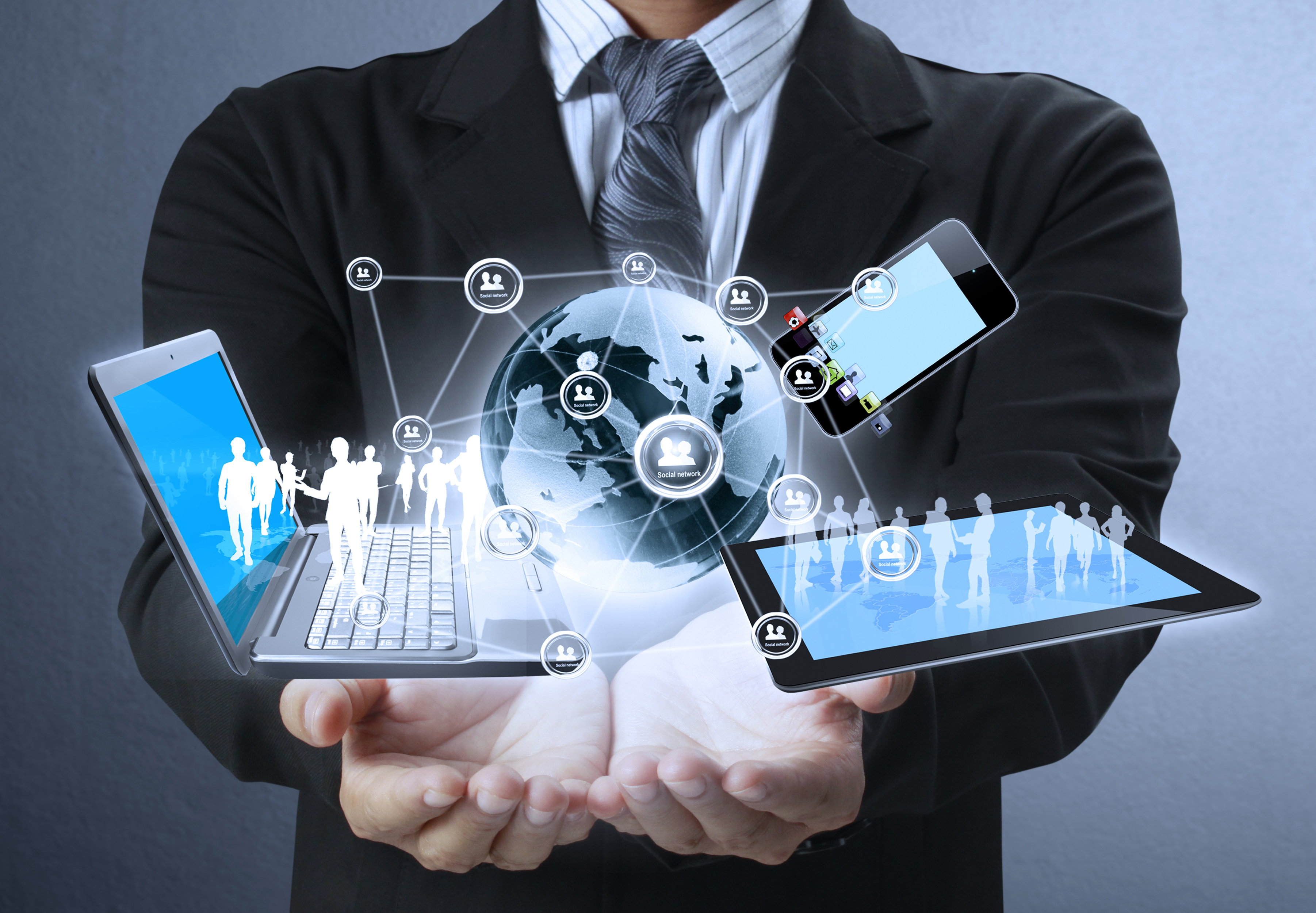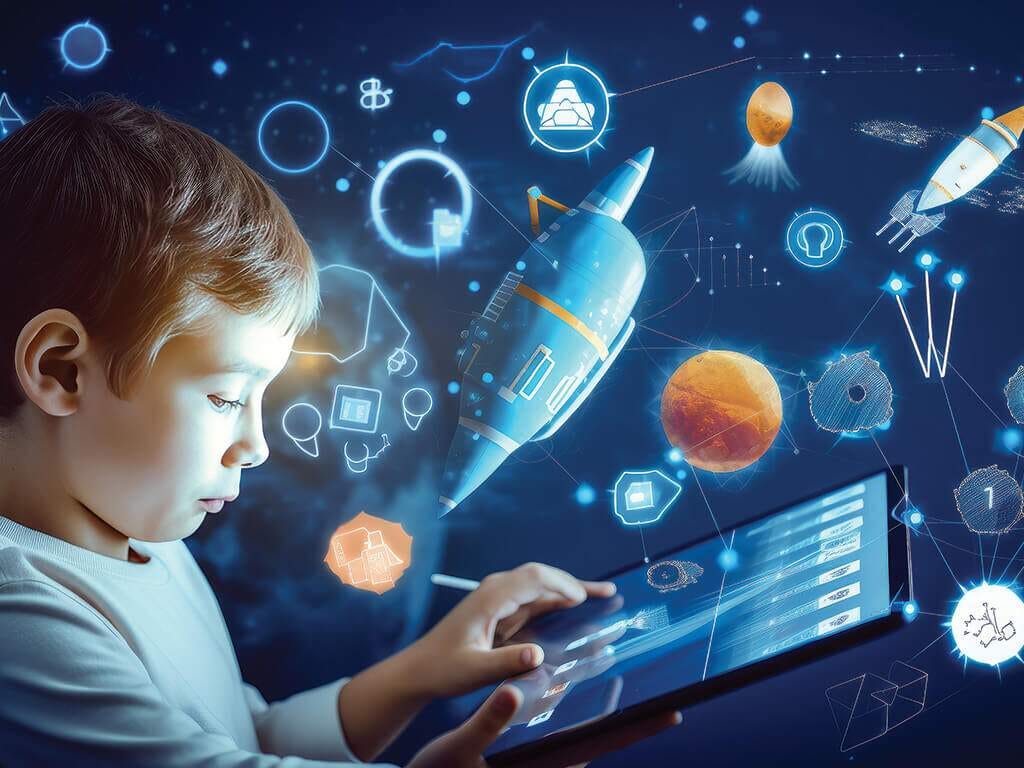Artificial Intelligence Explained: The Human Side of AI in 2025 and Beyond
Artificial Intelligence Explained: The Human Side of AI in 2025 and Beyond
SEO-rich, keyword-packed, and humanized insight into AI, designed to rank high and go viral on Meta platforms.
Introduction: Why Talk About AI Now?
Artificial Intelligence (AI) is no longer a buzzword; it is a global revolution shaping every corner of society. From the way we search on Google to how businesses manage customers, and even how cars drive themselves, AI has become an inseparable part of modern life.
This article dives deep into the history of AI, its current applications, and the future we’re heading toward. Our mission? To humanize AI — to explain it in a way that is **engaging, relatable, and optimized for SEO**. By the end, you’ll understand not just what AI is, but how it’s already shaping your personal and professional world in 2025 and beyond.
The Origins of Artificial Intelligence
The roots of AI go back to Alan Turing, the mathematician who asked, “Can machines think?” in 1950. Since then, AI has traveled a long journey — from basic symbolic reasoning to the deep learning systems we know today. Early AI focused on solving math problems and symbolic logic, but today’s AI is capable of natural conversation, image recognition, and decision-making at superhuman levels.
Milestones in AI History
- 1950s: Alan Turing publishes “Computing Machinery and Intelligence.”
- 1960s: First AI programs play chess and solve algebra problems.
- 1980s: Expert systems rise in business applications.
- 2000s: Big data + machine learning begin dominating.
- 2010s: Deep learning and neural networks boom.
- 2020s: Generative AI like ChatGPT and MidJourney go mainstream.
AI in Business: Why Companies Can’t Ignore It
Businesses across the globe — from Silicon Valley to Nairobi — now see AI tools as **must-have technology**. From automating accounting to creating marketing content that goes viral on Meta platforms, AI is a driver of growth and efficiency.
In Kenya, AI adoption is accelerating. Banks like Equity and KCB are using AI for fraud detection, while startups in Nairobi’s “Silicon Savannah” are applying AI to agriculture, logistics, and healthcare. Across Africa, AI is being used to predict crop yields, connect doctors with patients via telemedicine, and even support mobile money platforms like M-Pesa with smarter fraud prevention.
Case Study: AI in Kenyan Agriculture
Agriculture employs over 60% of Kenyans, and AI is revolutionizing farming. Apps like AgrVision use drone and satellite imagery, combined with machine learning, to help farmers detect pests and diseases early. This not only saves harvests but also improves food security across the region.
How AI is Transforming Daily Life
You’re already using AI, even if you don’t realize it. Netflix recommendations, Google Maps traffic predictions, and even WhatsApp’s spam filters all run on AI algorithms. In short, AI is already your daily assistant, quietly helping you make better decisions, save time, and stay entertained.
Examples of Everyday AI
- Virtual assistants like Siri, Alexa, and Google Assistant.
- AI-powered search engine optimization (SEO) tools for bloggers.
- Healthcare AI diagnosing diseases faster than doctors.
- Finance AI detecting fraud in mobile money systems like M-Pesa.
- Self-driving cars and AI-assisted ride-hailing apps.
The Human Side of AI: Humanizing Technology
The biggest challenge is not whether AI can think, but whether humans can **trust** it. Humanizing AI means designing systems that understand emotions, respect ethics, and enhance rather than replace human creativity.
This is where AI ethics comes in. Governments, businesses, and developers must ensure AI remains transparent, fair, and aligned with human values. Trust is the ultimate fuel for long-term adoption.
AI and Jobs: Friend or Foe?
One of the most common fears is job loss. Yes, AI will automate some roles, but it will also **create entirely new industries**. In Kenya, for example, AI is expected to create demand for AI trainers, data analysts, and AI system auditors. Globally, experts predict AI will create more jobs than it destroys — provided workers reskill and adapt.
Future of AI: Where Do We Go From Here?
By 2030, experts predict AI will add **trillions of dollars** to the global economy. But beyond money, AI will reshape healthcare, climate change solutions, education, and even art. The future will not be “AI vs humans” but **AI with humans**. Collaboration, not competition, defines the next chapter.
Top Predictions for AI Future
- Personalized AI tutors in every classroom.
- AI-driven climate models saving ecosystems.
- AI healthcare assistants reducing global diseases.
- Creative AI co-writing books, music, and films.
- Global policies regulating AI for safety and fairness.
AI in Africa’s Future
Africa is uniquely positioned to benefit from AI. With a young population and rapidly growing digital infrastructure, AI could bridge gaps in education, healthcare, and finance. Governments are drafting national AI strategies, while universities introduce AI-related degrees.
Kenya, Nigeria, and South Africa lead the way. Startups are using AI for everything from diagnosing malaria with smartphone cameras to optimizing transport routes in congested cities like Nairobi and Lagos. The impact could be transformative for development.
Conclusion: The Viral Power of Humanized AI
AI is not just about algorithms and code. It’s about people, trust, and collaboration. By humanizing AI, we open the doors to a future where technology serves humanity — not the other way around. Businesses, creators, and individuals who embrace this approach will thrive in the AI-powered future of 2025 and beyond.
If this article inspired you, don’t just read it — share it. Help spread awareness about the human side of AI. Let’s make the conversation viral across Meta platforms and beyond.





Comments